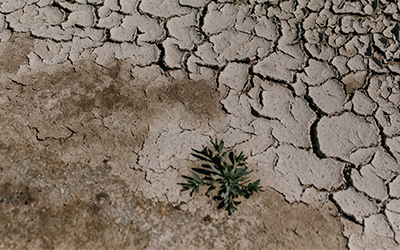
Quantifying the impacts of compound extremes on agriculture
I. Haqiqi, D. S. Grogan, T. W. Hertel, and W. Schlenker
Hydrology and Earth System Sciences (3 February 2021)
Abstract. Agricultural production and food prices are affected by hydroclimatic extremes. There has been a growing amount of literature measuring the impacts of individual extreme events (heat stress or water stress) on agricultural and human systems. Yet, we lack a comprehensive understanding of the significance and the magnitude of the impacts of compound extremes. This study combines a fine-scale weather product with outputs of a hydrological model to construct functional metrics of individual and compound hydroclimatic extremes for agriculture. Then, a yield response function is estimated with individual and compound metrics, focusing on corn in the United States during the 1981–2015 period. Supported by statistical evidence, the findings suggest that metrics of compound hydroclimatic extremes are better predictors of corn yield variations than metrics of individual extremes. The results also confirm that wet heat is more damaging than dry heat for corn. This study shows the average yield damage from heat stress has been up to four times more severe when combined with water stress.
additional materials: data sets | model code |
summary slide | DOE highlight | open access manuscript